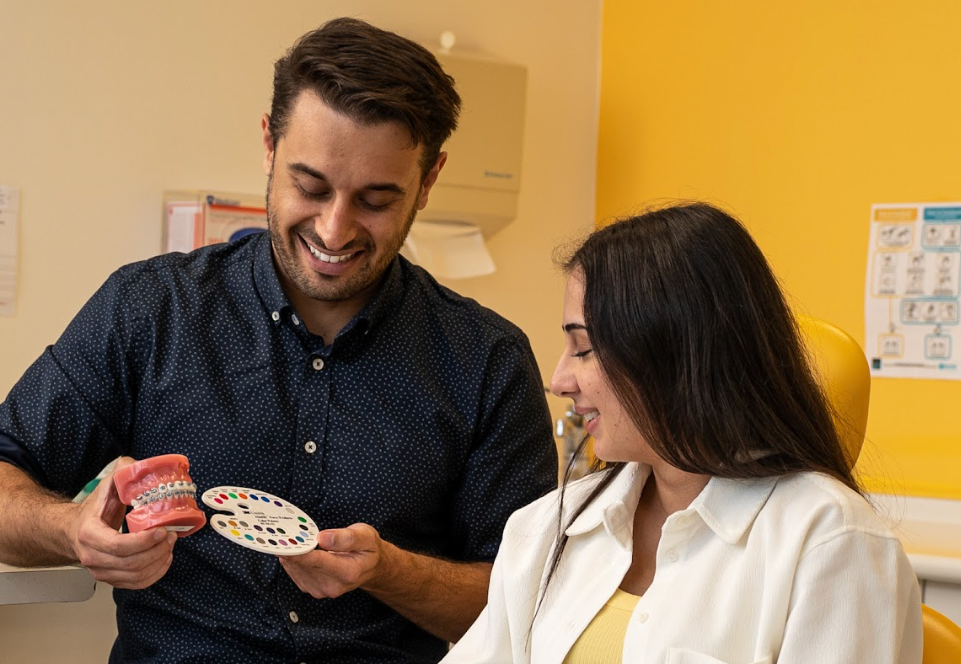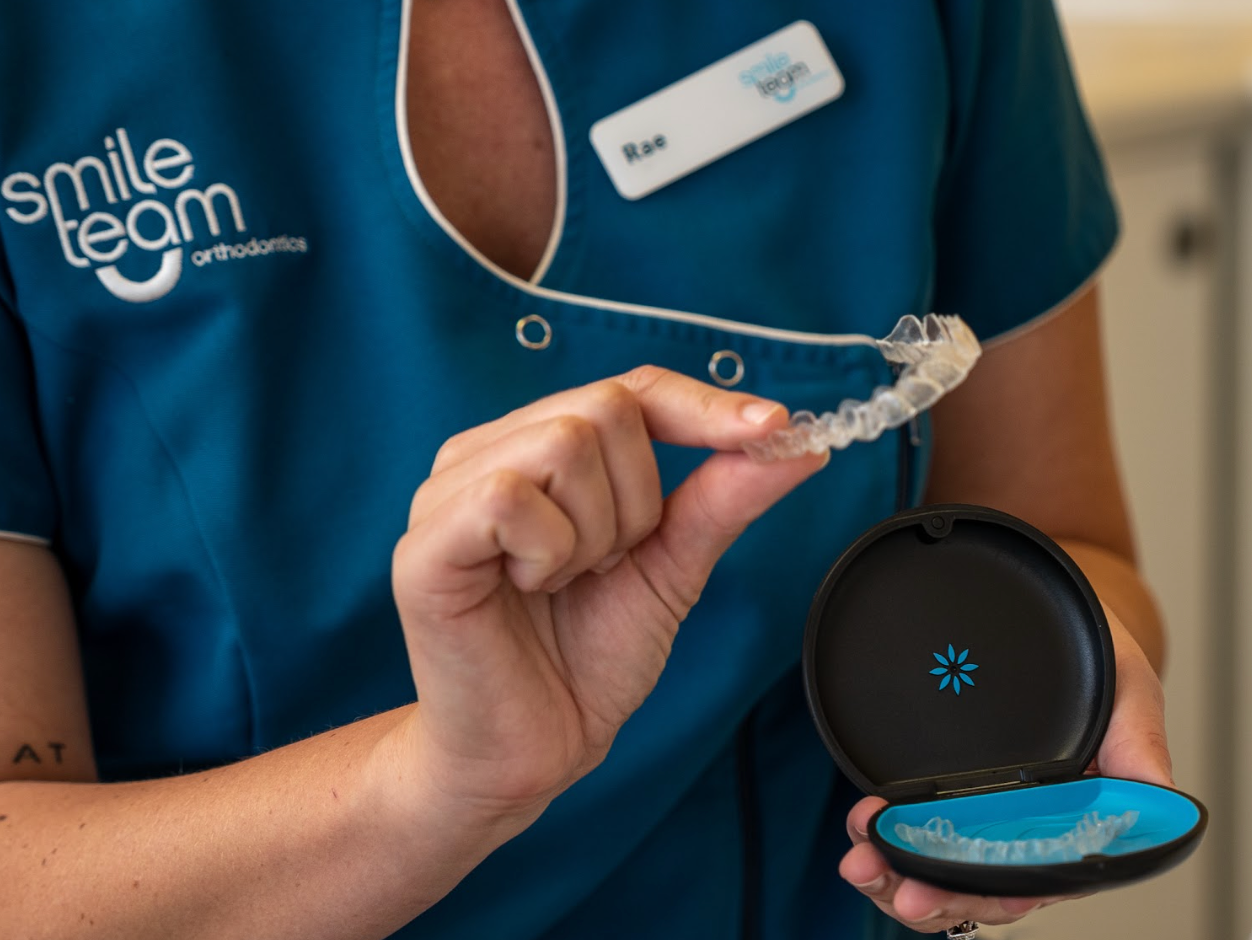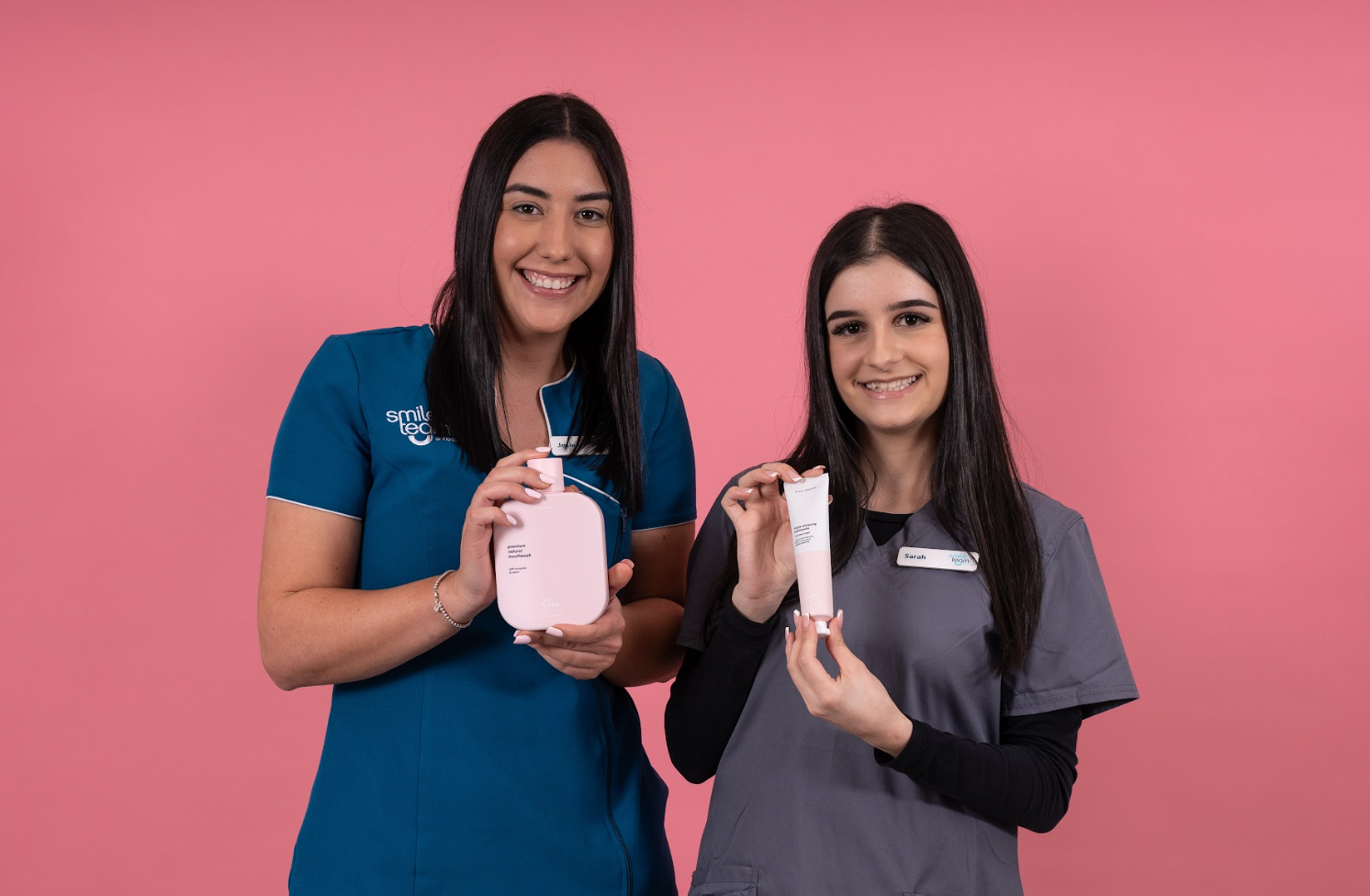
Braces are a common and effective treatment for misaligned teeth or malocclusion. These dental devices work by applying a steady, gentle force over some time to slowly move teeth in a specific direction and improve dental alignment.
They provide an enhanced aesthetic appeal and a significant improvement in oral health. But before these wonderful results can be achieved, braces must first be put on. The process may seem intimidating at first – but have no fear!
This post will explain exactly how braces are put on in a step-by-step guide so you know what to expect if you or your loved ones ever require wearing braces.
Why Braces Might Be Needed?
Braces can help improve oral posture, hygiene, and self-esteem, contributing to overall health. Bite problems like overbite, underbite, open bite, spacing, and crowding can also be corrected with braces. Braces can also increase confidence and self-esteem, lower the risk of heart disease, and improve social life.
Types of Braces Available
The use of certain braces types depends on factors such as the patient’s dental issues, aesthetics, and personal preferences.
Traditional Metal Braces

Traditional braces are the most common, using stainless steel bands, brackets, and wires. These conventional braces also use elastic rubber bands called ligatures to hold the archwire.
Ceramic Braces
Ceramic braces are made of clear, tooth-coloured material. They work similarly to traditional braces but are more discreet and less visible.
Self-Ligating Braces
Self-ligating brackets use a built-in system to hold the archwire in place instead of elastic bands. They are similar to traditional braces but require less friction and may be more comfortable.
Lingual Braces
Lingual braces are attached to the back teeth, making them less visible than traditional braces. They work similarly to traditional braces but are more discreet.
Clear Aligners
Clear aligners are a braces alternative that uses a series of custom-made trays to straighten teeth over time.

Before the Procedure
The first step in getting braces is scheduling your first appointment with an orthodontist and any pre-procedure dental work.
Consultation with an Orthodontist
During the first consultation, the orthodontist will examine your teeth and discuss your treatment options. They will explain the braces process and expected timeline as well as answer any questions. This is also the time to discuss any concerns or preferences you have regarding your treatment.
Pre-Procedure Dental Work
Pre-orthodontic dental work may include X-rays to assess the position of the teeth and detect any underlying issues, such as cavities.
During the Procedure: Step-by-Step
Here is the step-by-step procedure to understand the whole process of getting braces.
Step 1: Cleaning and Preparing the Teeth
The process begins with thoroughly cleaning your teeth to ensure that the surface of the teeth is free from any plaque or tartar, which can interfere with the adhesive bond. Your orthodontist will also dry your teeth to provide a clean surface for the brackets to adhere to.
Step 2: Applying the Bonding Glue
The next step is applying a special bonding material to your teeth. This glue is safe and designed to securely attach the brackets to the surface of your teeth. Once the glue is applied, it will be hardened using a special blue light. This blue light is not a laser and is safe for teeth and gums.
Step 3: Placing the Brackets
After the bonding glue is applied, the orthodontist places the brackets on your teeth. The type of brackets used can vary – traditional metal brackets are attached to the front of the teeth, whereas lingual brackets are attached to the back teeth.
Step 4: Securing the Wire
A metal wire, an archwire, is threaded through all the brackets of the arch of either upper or lower teeth. This wire is secured in place using small elastic bands. The tension from the wire applies gentle pressure on the teeth, gradually moving them into their correct positions.
Step 5: Adding Bands and Spacers
Depending on the specifics of your treatment, your orthodontist may also add bands and spacers. Bands are typically placed around the molars to provide additional support for the braces, while spacers are inserted between the teeth to make room for orthodontic bands to be placed later.
Post-Application Care
After the braces are put on, it’s common to experience discomfort or soreness, which can be managed with over-the-counter pain medication. Eat soft foods after getting braces, as eating may be difficult for the first few days.
Maintaining oral hygiene with braces requires regular and thorough brushing, using interdental brushes or floss threaders, and possibly a water flosser to clean between the braces and teeth.
Daily Care and Maintenance

Maintaining oral hygiene with braces requires a more thorough cleaning regimen and careful attention to certain details.
Brushing at least twice a day for two minutes, flossing once daily with a threader and rinsing with mouthwash to reach any stubborn areas that might need extra attention is essential.
As braces have countless tiny spaces to trap food, which can cause plaque and lead to dental problems. It is important to avoid hard, sugary and sticky foods.
Follow-up Appointments
Regular follow-up visits for adjustments are crucial during orthodontic treatment to monitor the progress, make necessary changes, and ensure the treatment plan is on track. These appointments typically occur every 4-6 weeks.
During adjustment appointments, various procedures may occur, including replacing small rubber bands, adjusting or tightening wires, changing the archwire, and adding or changing elastics.
The importance of these follow-up visits lies in their role in preventing potential issues and ensuring the treatment progresses as planned.
Common Issues and Solutions
Common issues with braces and their solutions include:
- Loose brackets or bands: If the band or bracket is still attached, leave it in place and contact your orthodontist to address the issue during the next appointment.
- Loose wire: Try placing the wire back in place with tweezers. If this is impossible, cut the wire with clean, sharp scissors and schedule an appointment with your orthodontist.
- Poking wire: If a wire is poking, try to gently bend it back into place with tweezers. If this does not help, contact your orthodontist for assistance.
- Lost tie or elastic: Replace the lost elastic or tie with a new one. If you cannot do this, schedule an appointment with your orthodontist.
- Soreness: Apply an over-the-counter pain reliever to alleviate discomfort. If the soreness persists or worsens, contact your orthodontist.
- Loose appliance: If it is loose, try to reposition it carefully. If this is not possible, contact your orthodontist for further guidance.
- Food stuck in braces: Carefully dislodge pieces of food using a toothpick, floss, or toothbrush. If this does not work, contact your orthodontist for assistance.
- Tooth sensitivity or tenderness: Apply an over-the-counter pain reliever to reduce discomfort. Encourage eating soft foods if you have tenderness.
- Irritation to the insides of the cheeks: Apply orthodontic wax over the bothersome brackets to reduce friction on the soft tissues.
- Cavities and gum disease: Brush your teeth twice and floss once daily to improve oral hygiene.
Braces Process FAQs
How long does it take to put braces on?
The time it takes to put braces on can vary, but the average time frame is around one to two hours. This duration may vary based on the case’s complexity, with more complex cases taking longer.
Do you feel pain when braces are being put on?
When braces are being put on, patients typically do not feel pain. However, they may experience mild discomfort or pressure as the braces are placed.
Can you eat before getting braces?
It is advisable to eat before getting braces, as you may experience some discomfort or pressure after the application.
Is anaesthesia required for putting on braces?
Anaesthesia is not required to put on braces, as the procedure is non-invasive and generally does not cause pain. The process usually involves cleaning the teeth and attaching the brackets with a special adhesive, which does not require anaesthesia.
Conclusion
Getting braces includes a consultation, preparing the teeth, applying brackets and wires, and potentially adding bands and spacers. After the braces are put on, initial discomfort is common, and a diet of soft foods is recommended. Daily care involves meticulous oral hygiene and avoiding hard, sticky, and sugary foods. Regular follow-up appointments are crucial for monitoring progress and adjusting for a successful orthodontic treatment.
